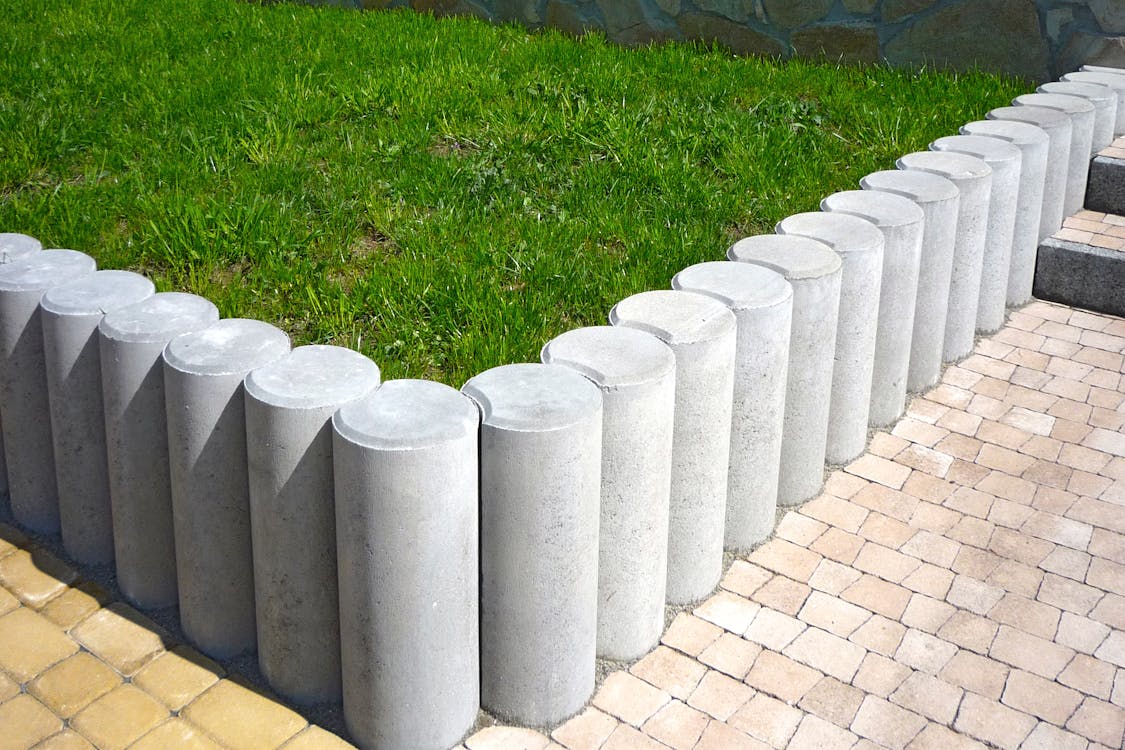
Reassessing the Landscape: Why Recycling in Landscaping Matters More Than Ever
Sustainable living doesn't quit at reusable bags and photovoltaic panels-- it extends right into our backyards. Landscaping is undergoing a silent change, where ecological consciousness and creativity are reshaping how we make outside spaces. Among the most interesting shifts in this development is the expanding focus on recycling products like dirt, mulch, and even hardscape elements. Whether you're working with sprawling acreage or a small yard patch, your green thumb can now do double duty-- nurturing plants while protecting the earth.
Environment-friendly landscape design isn't just about planting native types and conserving water. It's also regarding reconsidering waste. Dirt, as an example, is frequently treated as disposable during big garden restorations or when taking care of building and construction particles. Yet that abundant, natural resource can commonly be repurposed-- and doing so can reduce expenses, minimize garbage dump payments, and create healthier, more lasting backyards.
Going Into Soil Recycling: Turning "Used" Dirt into Garden Gold
Soil recycling begins by recognizing what you're collaborating with. If the dirt has been previously made use of in growing beds or building, it may be compressed or diminished of nutrients. But this does not suggest it's pointless-- it just needs recovery.
Begin by screening your dirt. Eliminating debris like rocks, origins, and trash offers you a clean base. If it's clay-heavy or overly sandy, mixing it with compost or raw material enhances appearance and nutrient material. This is where a reliable service provider of landscape supplies in Windsor locals trust can make a difference, offering compost, topsoil blends, and soil conditioners that renew exhausted dust.
Recycled soil is best for raised beds, flower beds, and also new yard installations. By picking to work with what you already have, you're reducing transport emissions and minimizing the demand for freshly mined planet. It's a refined change, but when multiplied across areas, its ecological impact is huge.
Recovering the Beauty in Hardscape: Giving Old Materials New Purpose
Following time you knock down a patio area or dig up a garden boundary, do not be so quick to toss those broken pavers or broke bricks. Hardscape materials like stone, concrete, and brick are extremely long lasting-- and very multiple-use. They can come to be rustic bordering, enchanting tipping rocks, or the structure of a brand-new pathway.
And after that get more info there are decorative rocks. These elements don't wear out-- they just get relocated. Salvaging river rocks, pea gravel, or crushed granite from old installations and redistributing them creatively conserves cash and protects against the demand for even more quarrying. It's the sort of round economic climate that doesn't just benefit your yard-- it profits ecosystems at large.
Consider this as a possibility to instill your landscape with character. Recycled elements commonly bring a patina of time, a sense of tale. What was once a part of somebody else's patio area might now be a conversation-starting focal point in your drought-tolerant rock garden.
Mulch, Wood, and Green Waste: Composting and Reusing with Intention
Timber chips, leaves, and yard cuttings are often swept up and carried off, just to end up in metropolitan waste. However these materials are the perfect structure for mulch or compost. As opposed to purchase brand-new every season, many garden enthusiasts now develop their own compost from shredded branches or autumn leaves.
Home made mulch not just suppresses weeds and preserves soil dampness but additionally slowly disintegrates to nourish the dirt. Over time, this develops a healthy and balanced growing atmosphere that's even more sustainable than artificial plant foods or imported changes.
If you're increasing into composting, eco-friendly waste like veggie scraps, grass cuttings, and coffee premises can feed your dirt. This composting culture isn't just eco-friendly-- it's empowering. It places control in your hands and changes day-to-day waste into gardening treasure.
Innovative Reuse in Outdoor Projects: Where Sustainability Meets Style
Eco-friendly landscaping is as much regarding style as it has to do with products. Elevated beds made from salvaged wood, garden seating created from leftover stone, or maintaining wall surfaces developed with redeemed blocks confirm that sustainability and elegance are not equally unique. They're companions in modern landscape design.
Much more house owners are sourcing their materials locally with trusted Landscape Supply in Greeley, CO carriers that recognize the worth of both new and recycled resources. It's about finding suppliers that supply top quality, durability, and a dedication to eco accountable practices. Whether you're filling in a blossom bed or upgrading an entire yard, neighborhood sourcing minimizes emissions and sustains local economic climates.
There's also an expanding neighborhood of DIY landscaping companies and service providers sharing ideas for repurposing products online and with neighborhood networks. You could find that your next-door neighbor's disposed of timbers are specifically what you need for a brand-new garden bench-- or that the heap of rubble you believed was waste is actually the structure for your next maintaining wall.
Landscape design for the Future: Small Steps, Big Impact
The path to an extra sustainable landscape starts with simple options. Reuse soil rather than dumping it. Repurpose hardscape materials as opposed to purchasing brand-new. Garden compost your clippings rather than bagging them for landfill pick-up. These aren't massive modifications-- they're conscious changes. But their impact resonates.
By welcoming recycled products and smarter sourcing, you're not just gardening-- you're part of a motion. An activity towards much less waste, more creativity, and deeper connection with the land under your feet.
So the next time you're preparing your backyard or upgrading a yard attribute, reconsider prior to discarding what appears pointless. There's beauty in the reused, strength in the repurposed, and purpose in every sustainable choice you make.
Stay tuned for more tips and fresh landscape design concepts that aid you expand greener, smarter, and extra motivated with every period. Maintain complying with along-- and let's keep creating a cleaner, much more conscious outdoor globe together.
Comments on “Landscaping Sustainably: Soil and Material Recycling Guide”